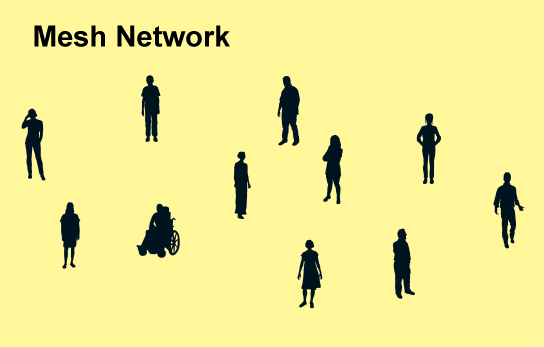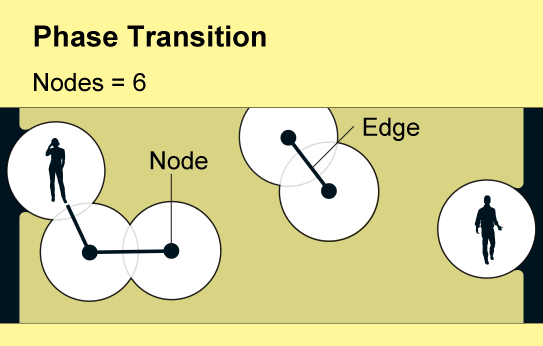Ravi Somani at the World Bank: “In most economies, the public sector is a major purchaser of goods, services and labor. According to the Worldwide Bureaucracy Indicators, globally the public sector accounts for around 25% of GDP and 38% of formal employment. Generating efficiency gains in the public sector can, therefore, have important implications for a country’s overall economic performance.
Public-sector productivity measures the rate with which inputs are converted into desirable outputs in the public sector. Measures can be developed at the level of the employee, organization, or overall public sector, and can be tracked over time. Such information allows policymakers to identify good and bad performers, understand what might be correlated with good performance, and measure the returns to different types of public expenditures. This knowledge can be used to improve the allocation of public resources in the future and maximize the impact of the public purse.
But how can we measure it?
However, measuring productivity in the public sector can be tricky because:
- There are often no market transactions for public services, or they are distorted by subsidies and other market imperfections.
- Many public services are complex, requiring (often immeasurable) inputs from multiple individuals and organizations.
- There is often a substantial time lag between investments in inputs and the realization of outputs and outcomes.
This recent World Bank publication provides a summary of the different approaches to measuring productivity in the public sector, presented in the table below. For simplicity, the approaches are separated into: ‘macro’ approaches, which provide aggregate information at the level of an organization, sector, or service as a whole; and ‘micro’ approaches, which can be applied to the individual employee, task, project, and process.
There is no silver bullet for accurately measuring public-sector productivity – each approach has its own limitations. For example, the cost-weighted-output approach requires activity-level data, necessitates different approaches for different sectors, and results in metrics with difficult-to-interpret absolute levels. Project-completion rates require access to project-level data and may not fully account for differences in the quality and complexity of projects. The publication includes a list of the pros, cons, and implementation requirements for each approach….(More)”.


